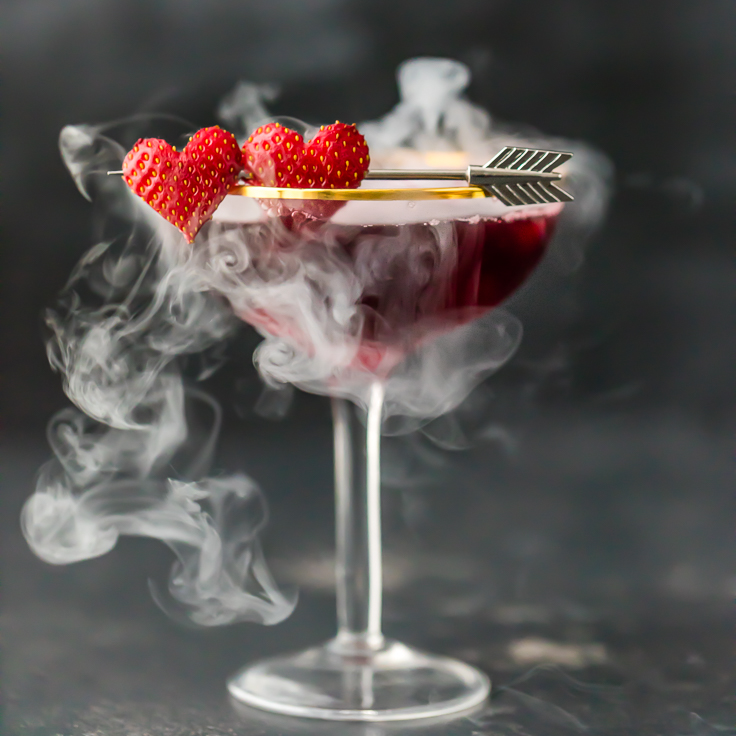 |
| CLICK HERE FOR PURCHASE INFORMATION |
My dad landed a job at NASA in Houston. We moved from Wisconsin in 1965 and I went to school with the astronauts' kids. The change in environment was extreme but also exhilarating. Everything was new. I went from a strict Roman Catholic high school to a Public high school. A lot of the kids were from elsewhere. They were street wise, and new student numbers dwarfed the original kids who were born in that part of Texas.
One friend I'd made was Teri. She had one of those bodies all women wished for, and the boys craved, but she already had a steady. One day after lunch, she waved me over to where some kids were. 'Kathy,' she pointed to cute guy with dark hair and beautiful eyes, 'this is Ricky. You two will go to the prom and we'll double.'
Did I say she was also bossy?
We went to the prom and that began a four year, almost exclusive, friendship. We went everywhere together, skipped school and explored places we shouldn't have. We went to college, shared a lab table during Biology class.
The Vietnam War was at its worst. Men died every day. One beautiful spring day, the sky amazingly blue, Rick stopped me as I ran up the stairs of a campus building, headed for class.
'Kathy, I've quit school.' He gazed up at me and shrugged.
 |
| Me at an Army Post (USO) during the Vietnam War |
I couldn't say anything but, 'Okay,' and continued into the building.
Life moved forward. I met a guy and we were to be married. Before this, I drove to Rick's house to tell him goodbye. The army had drafted him twice but after tests revealed he'd broken his neck in a car accident, he was deemed unacceptable.
I said goodbye and we kissed. His taste and smell were the same. I wanted to melt into his arms but I'd made a commitment.
Years later, after two boys and a nasty divorce, I found myself in Houston again. I did not know if Rick was still around or not, and if he were, was he married? My son and daughter-in-law took me to his house, where a tiny old lady lived.
My daughter-in-law said, 'She's old. She's really old.' Pause. 'Old is good. Old is really good. Go see if she's his mother.'
I got out of the truck and low and behold, Rick's mother stood at the door. When I bounced onto the porch my son said, 'Is he married?' (Might as well get to chase.)
She shook her head. 'That didn't work out.'
She let us into her house, showed us pictures of her children, grandchildren and great grandchildren. The house was the same as all those years ago. Nothing had changed except she had a window air conditioner that pumped cool air. She gave me Rick's number which I called and left a message but later that night, when we turned off the television for bed, and he hadn't called, I figured he had another.
The next morning, around 8:30A, he called, excited. He told me of his life, that he now worked at NASA for the Space Shuttle. He was a physicist, a think tank. He measured the lack of air, calibrated the pool where the astronauts trained.
He was there when movies such as Armageddon and Apollo 13 were filmed, nudged elbows with the crews and ate lunch with them. He'd gone to Russia to calibrate spacesuits, while I worked at Boeing in Seattle and bought airplane parts.
We'd both been divorced about the same time, chose never to do so again, had sons, and both worked in the aeronautical industry. Once I returned to work after my visit in Houston, I found Rick's name in the Boeing directory. I was amazed. We hadn't seen each other for more than 30 years yet our lives had run in parallel. We thought the same and did much the same with perhaps, a dimensional path that kept us separated.
 |
| At Monterrey with Rick and our pup, Maya |
We went from being alone almost 24/7 to being together 24/7, yet the transition was amazingly smooth. Both our families accepted us with open arms, even our grown children.
I can say, now, life is really good.






















































.jpg)

